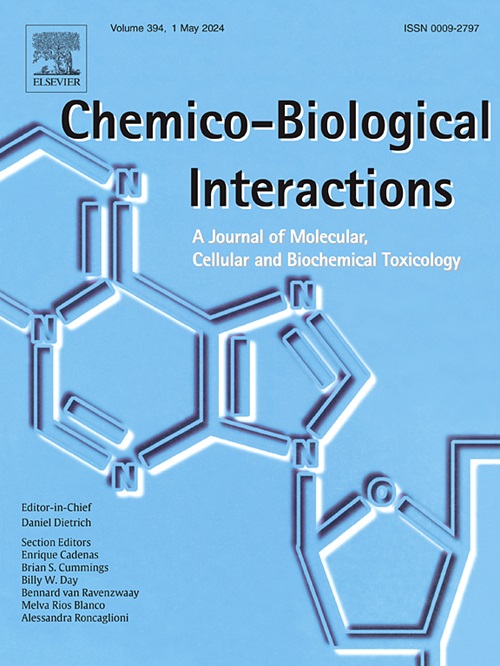Pulsatilla saponin D inhibited the growth of osteosarcoma by regulating the JNK/ATF3 signaling pathway
IF 4.7
2区 医学
Q1 BIOCHEMISTRY & MOLECULAR BIOLOGY
引用次数: 0
Abstract
Osteosarcoma (OS) is a highly malignant and aggressive bone tumor associated with early lung metastasis and high mortality. Traditional chemotherapy does not effectively improve the efficacy and survival rate of patients with OS. Thus, it is vital to search for alternative therapies. Pulsatilla saponin D (PSD) is a potent bioactive compound that has been widely employed in cancer therapy due to its diverse bioactivities and minimal adverse effects. However, any effect on OS remains unclear. We found that PSD induced apoptosis of OS cells and investigated the mechanisms thereof. In vitro, PSD dose-dependently induced apoptosis and inhibited the viability of HOS and K7M2 cells. Furthermore, PSD significantly suppressed cell migration and invasion, and caused cell cycle arrest at the G0/G1 phase. Mechanistically, PSD upregulated ATF3 and JUN transcription by controlling JNK expression. Compared to cells treated with PSD alone, cells pre-treated with SP600125 (a JNK inhibitor), or in which ATF3 had been knocked down ATF3 with siRNA, did not exhibit PSD-mediated cell apoptosis. In a murine OS model, PSD exhibited a powerful anti-cancer effect and an excellent safety profile. Our data imply that PSD could effectively prevent OS occurrence and progression.

白头翁皂苷D通过调控JNK/ATF3信号通路抑制骨肉瘤的生长。
骨肉瘤(OS)是一种高度恶性和侵袭性的骨肿瘤,具有早期肺转移和高死亡率。传统化疗不能有效提高OS患者的疗效和生存率。因此,寻找替代疗法至关重要。白头翁皂苷D(白头翁皂苷D, PSD)是一种有效的生物活性化合物,因其生物活性多样、副作用小而被广泛应用于癌症治疗中。然而,对操作系统的影响尚不清楚。我们发现PSD诱导OS细胞凋亡,并探讨其机制。在体外,PSD剂量依赖性地诱导HOS和K7M2细胞凋亡,抑制细胞活力。此外,PSD显著抑制细胞迁移和侵袭,使细胞周期阻滞在G0/G1期。机制上,PSD通过控制JNK表达上调ATF3和JUN的转录。与单独用PSD处理的细胞相比,用SP600125(一种JNK抑制剂)预处理的细胞,或用siRNA敲除ATF3的细胞,没有表现出PSD介导的细胞凋亡。在小鼠OS模型中,PSD显示出强大的抗癌作用和良好的安全性。我们的数据表明PSD可以有效地预防OS的发生和进展。
本文章由计算机程序翻译,如有差异,请以英文原文为准。
求助全文
约1分钟内获得全文
求助全文
来源期刊
CiteScore
7.70
自引率
3.90%
发文量
410
审稿时长
36 days
期刊介绍:
Chemico-Biological Interactions publishes research reports and review articles that examine the molecular, cellular, and/or biochemical basis of toxicologically relevant outcomes. Special emphasis is placed on toxicological mechanisms associated with interactions between chemicals and biological systems. Outcomes may include all traditional endpoints caused by synthetic or naturally occurring chemicals, both in vivo and in vitro. Endpoints of interest include, but are not limited to carcinogenesis, mutagenesis, respiratory toxicology, neurotoxicology, reproductive and developmental toxicology, and immunotoxicology.

 求助内容:
求助内容: 应助结果提醒方式:
应助结果提醒方式:


